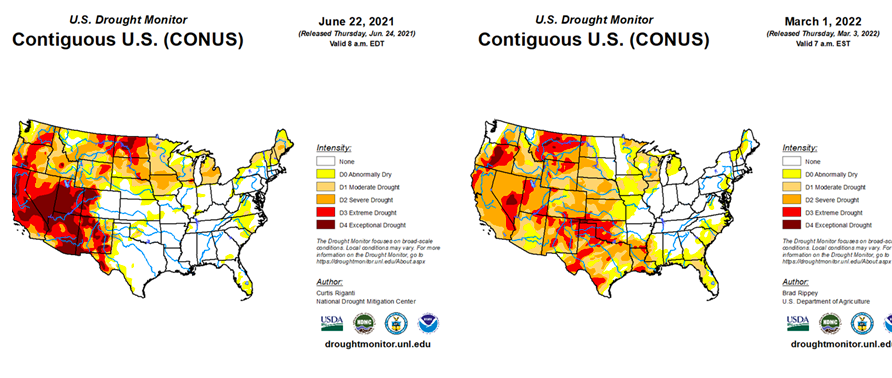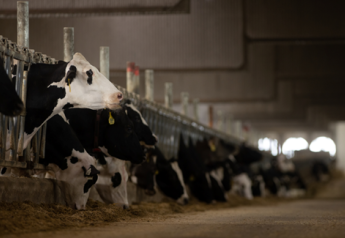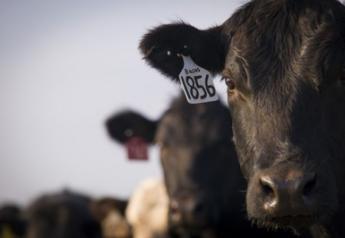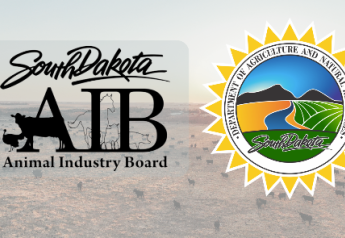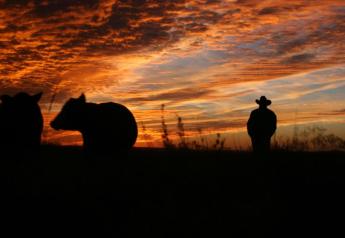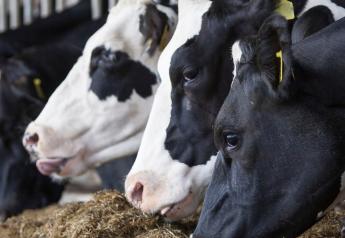Drought Coverage Now Rivals 2012, Wheat Belt and Cattle Country Conditions Continue to Crumble
Growing Drought Concern 030422
Drought covering the continental U.S. grew by 2 points this week, now covering nearly 60% of the country. As drought continues to grow, it’s now rivaling the 2012 drought, when drought coverage peaked at 65.5% of the U.S in September 2012.
USDA meteorologist Brad Rippey says when you step back and look at the broader picture, drought is still parked over 59% of the U.S., the most since 2012. While he has growing concerns for the state of drought today, he says his biggest trepidation sits with one major crop.
“By far the Wheat Belt is the biggest concern,” says Rippey. If you look at crop conditions in areas where the crops starting to actively grow. It's absolutely terrible.”
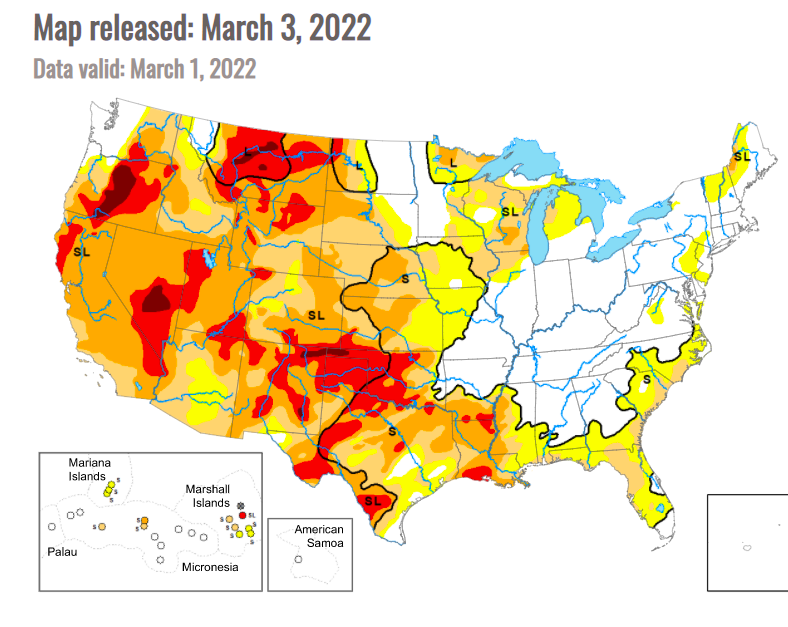
Wheat conditions are showing the scars from little to no moisture. Rippey says the story can be found in wheat conditions from Texas to Kansas, but also pasture conditions that continue to struggle from little to no rain.
“In Texas, you have three-quarters of the winter wheat crop rated in very poor condition. Almost that much of the range land and pasture land 69% currently rated very poor to poor and soil moisture in Kansas, Oklahoma and Texas. At least 75% very short to short at the end of February.”
Some farmers say wheat on dryland acres has even sprouted yet, as the crop is running out of time.
“We are into showtime in the South and Texas, wheat is already heading out in the far southern portion of the state,” says Rippey. “Statewide, I think about one-eighth of the crop is reporting heading, and so it is time for growth. Plants are demanding moisture. And despite a couple of winter storms, recently, a little bit of ice and snow in Texas, it is so critically dry. Without any big change in the pattern, that will quickly spread northward into Kansas, Nebraska, and eventually the western Dakotas and Montana over the next few weeks."

As drought has gripped much of the West all year, the streak is historic. Rippey says drought has now covered more than 40% of the country for 75 weeks. That beast the previous record set from June 19, 2012 through October 1, 2013 of 68 weeks by a long shot.
The latest season drought outlook doesn’t paint much hope for those areas, either. As it shows drought persisting, or even intensifying through the end of May. Rippey says La Nina is lending no favors to areas seeing the stubbornness of drought.
“It doesn't look like there's going to be any big change before the start of the growing season,” says Rippey. “Here we are in the spring of 2022, facing significantly more drought than we had going into the spring of 2012. We've still got La Nina sticking around enough to influence weather patterns. And that's a huge concern for the great plains for the Southwest. Along the gulf coast, even into the southeast.”
